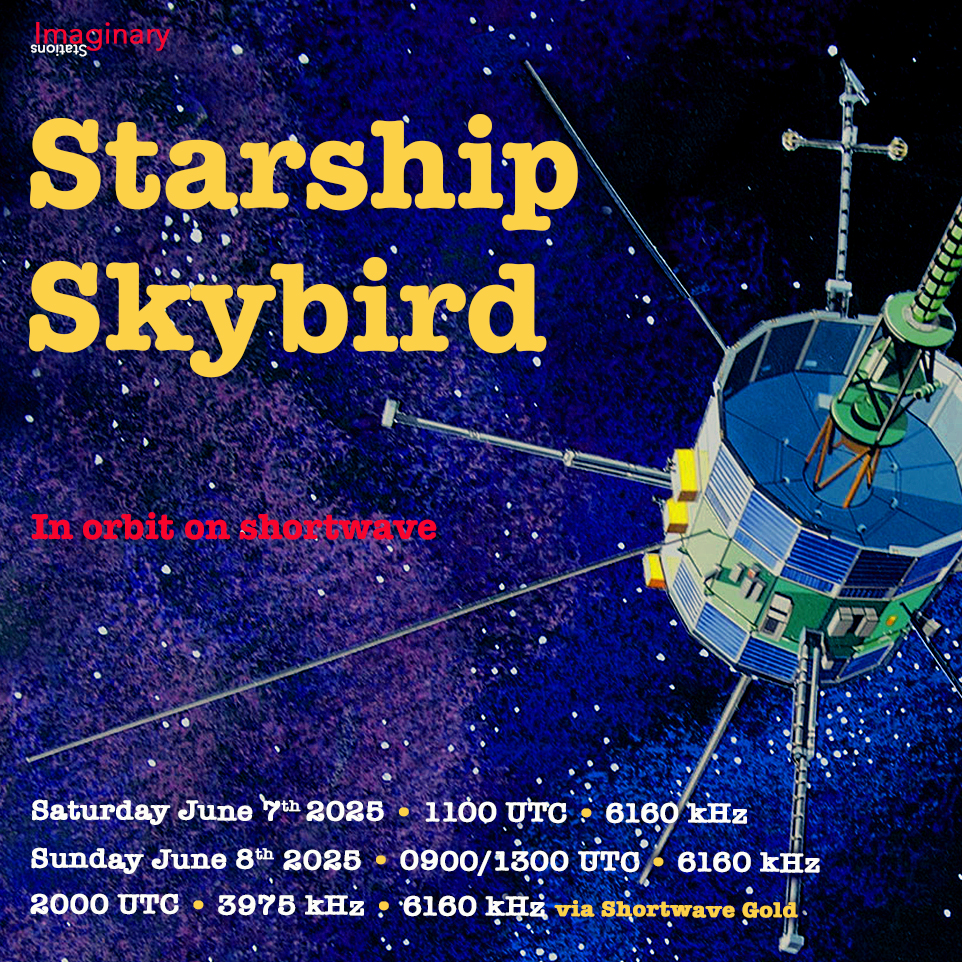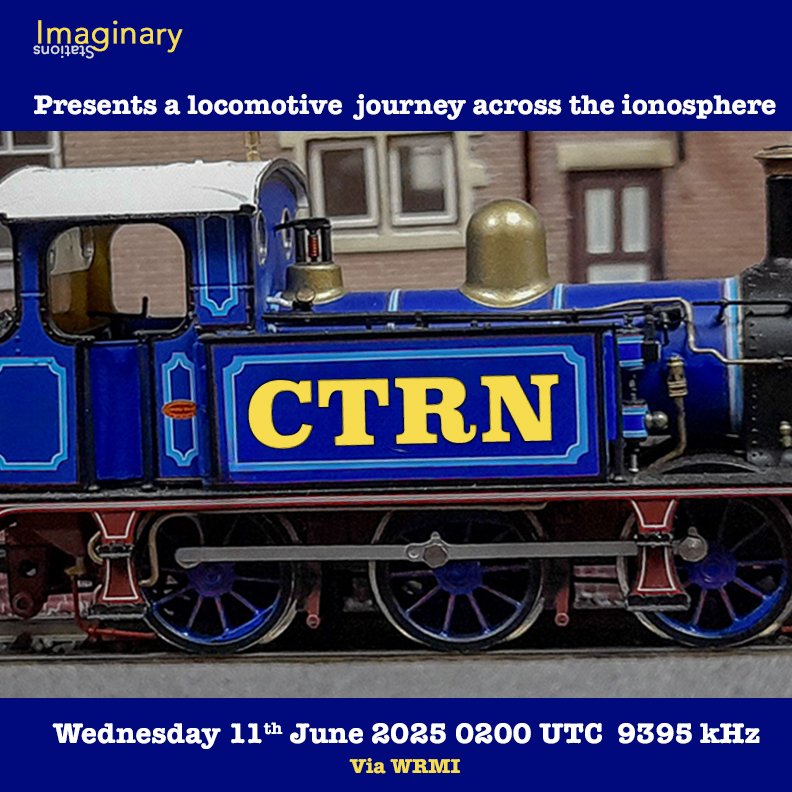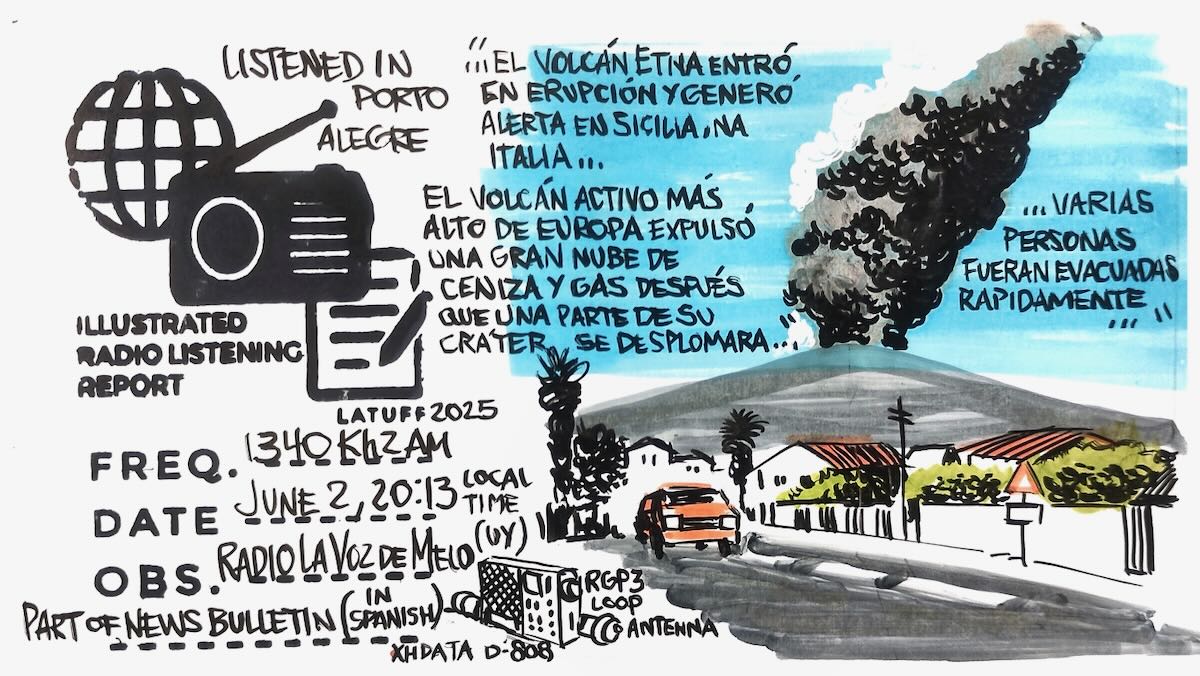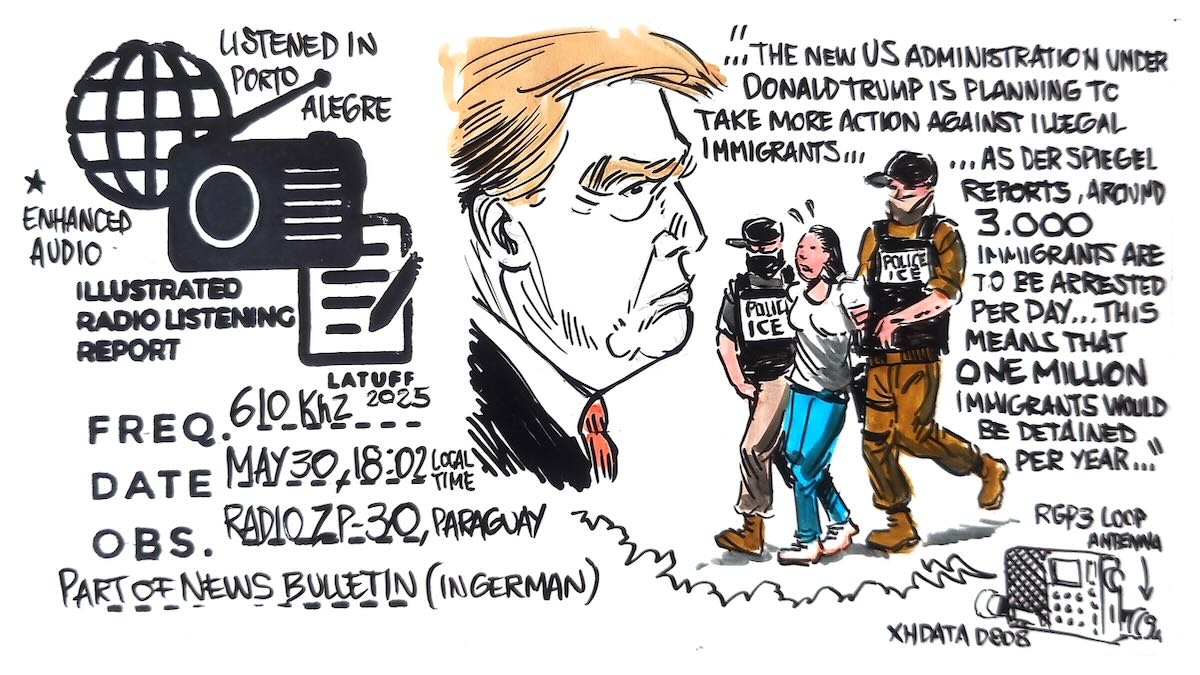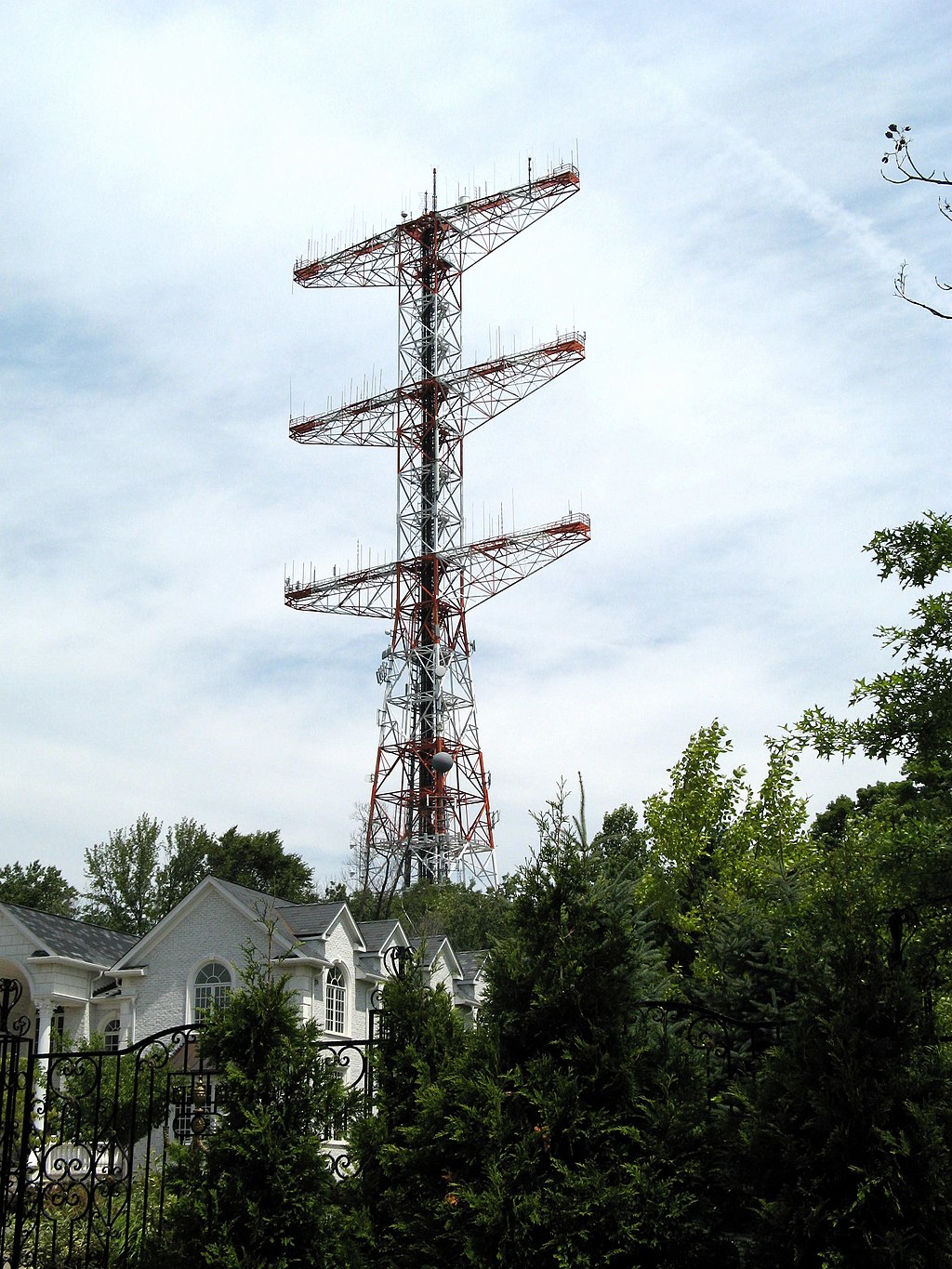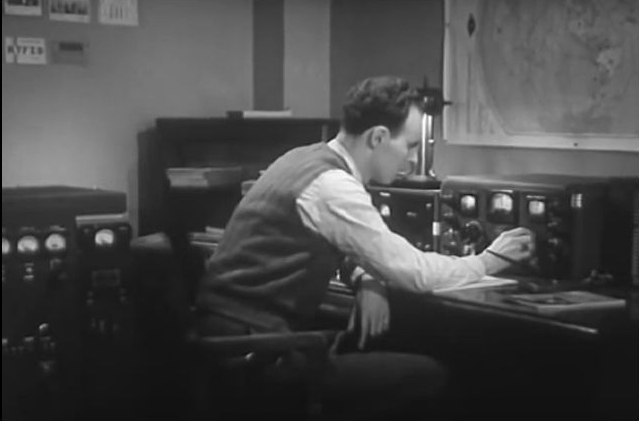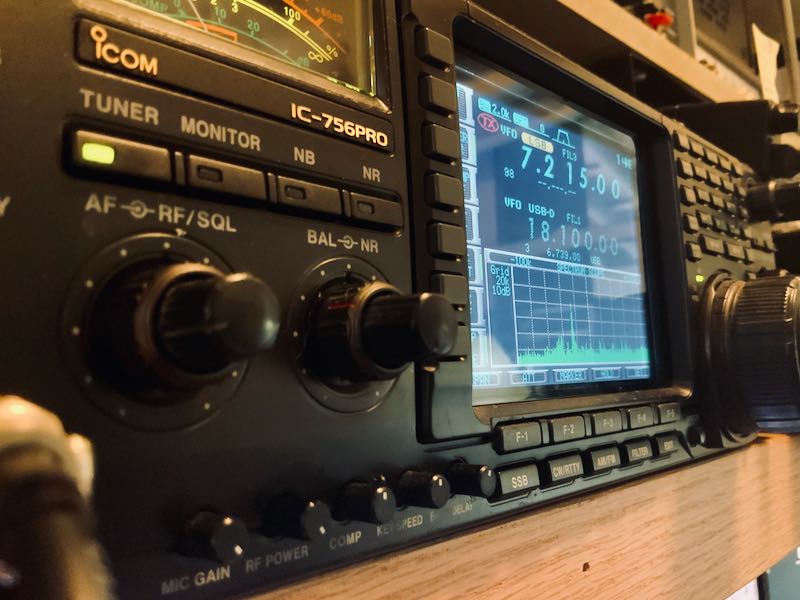Many thanks to SWLing Post contributor Dan Greenall, who writes:
Hi Thomas:
One of the benefits of DXing in 2025 is the ability to tune into a signal far from your listening post, yet still get strong, generally clear reception, all by simply finding a suitable receiver much closer to the station’s transmitter site. Well, sometimes it is not quite that simple. For example, the selection of Kiwi SDR’s from which to choose, is far less in Africa and South America than what is available in Europe or the USA.
Tonight, I came across a decent signal on 4775 kHz while listening on a Kiwi located in Lima, Peru. Just after 2300 UTC (when I began this brief recording), the announcer began rattling off a bunch of station call letters and frequencies in Spanish. This was followed by “Transmite Radio Tarma. Desde Tarma, Peru en America del Sur.” The program that followed was called “Antena Deportiva”, or Sports Antenna in English. This program can be found listed on their website.
Recording:
Tarma, Peru is nestled in the Andes Mountains somewhat northeast of Lima. According to Short-wave.info, their power is listed as 1 kw.
73
Dan Greenall
London, Ontario, Canada
Thank you for sharing this, Dan! Readers, if you’d like an up-close look at Radio Tarma, check out this post from our archives by our friend and vagabond DXer, Don Moore!


